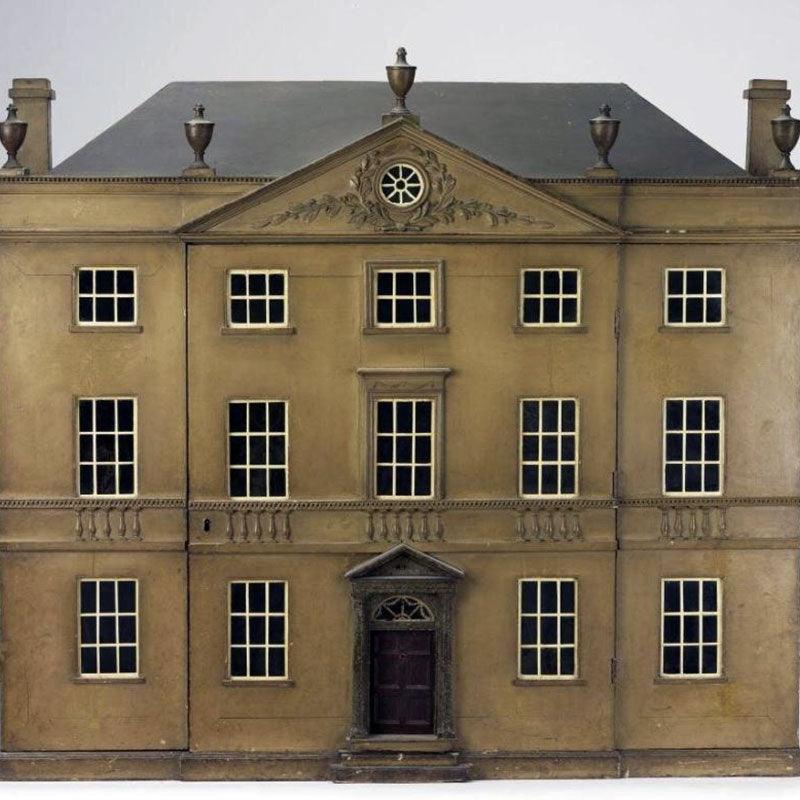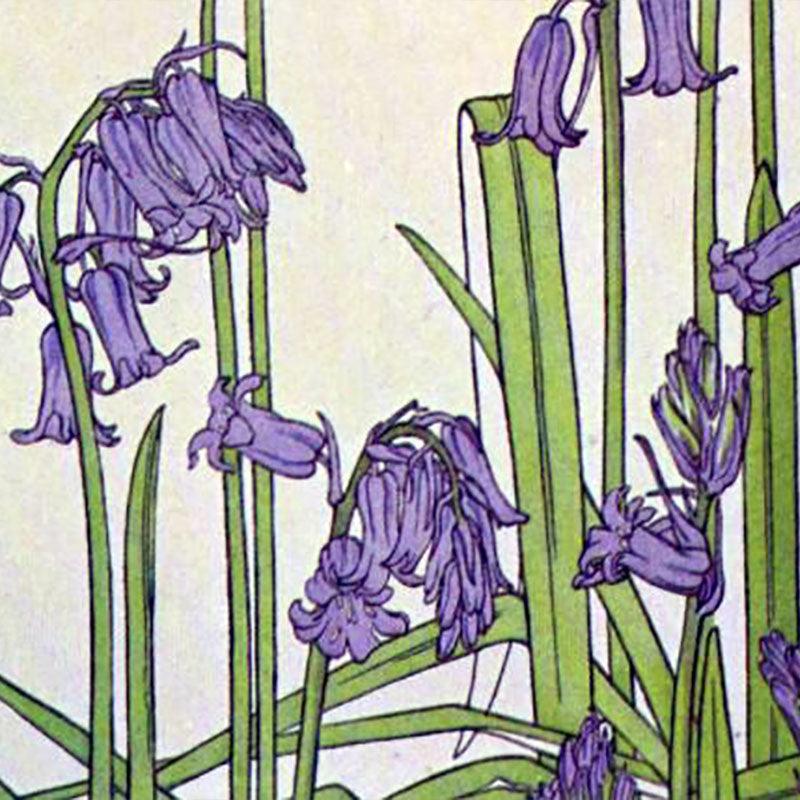The Harp-Lute: A Regency Lady's Instrument

As we approach that time of year when romance is especially in the air, we thought it only fitting to take a look at the history behind one of the most romantic instruments to exist, the harp. In the process, we discovered much more about an instrument called the harp-lute and its popularity during the nineteenth century.
The harp-lute is a stringed instrument, loosely resembling what we would call the guitar today. Edward Light introduced the instrument in 1810, building on designs of the English guitar popular before the turn of the century. The harp-lute was visibly much smaller than the English guitar and featured a pillar rather like a harp to extend the range of its fretted strings. The harp-lute was stringed much like a harp, hence its name, but was meant to be an easier instrument to play.
Typically, the harp-lute had a dozen strings. Only some of these strings passed over the fretboard and could be plucked like a lute. The rest, beyond the fretboard, were to be played more like a traditional harp. In 1811, Light added the feature of several small knobs to his harp-lutes, so that some of the strings could be raised by a very small interval in tone.

Light continued to develop the design of his lute-harp, with the last major change occurring in 1819. In this design change, Light gave the instrument a larger soundbox to accommodate more strings. He equipped the strings with ditals (a sort of key) so it might be played in a similar fashion to his previous harp-lutes with fewer strings.
Light was not the only one, however, to design harp-lutes during this period. A musical composer named Charles Wheatstone designed his own harp-lute in 1813. He wrote lots of music specifically for the harp-lute and sold the instrument from his premises in The Strand, London. In 1816, Light decided to patent his harp-lute and his instruments were considered to be the best one could buy.
As you might expect, the harp-lute was an instrument intended for the ladies of the gentry and nobility. Although it was sometimes used to play instrumental music, ladies tended to use the harp-lute to accompany their singing. The harp-lute was very rarely ever played by men and was often richly decorated. Neoclassical motifs were employed to embellish the instrument and enhance the lovely picture of the lady playing her instrument.
Ladies were permitted to perform the harp-lute for the family, but only those who were single were permitted to play for those considered to be outside of the family. Many young women who sought out the harp-lute and learnt to play the instrument were in search of a husband, so it seems fitting that we might associate it with the theme of romance. Regency ladies were taught to present themselves in as lovely a manner as possible, and the harp-lute with its fine details represented just the right sort of instrument.
The harp-lute began to fall out of fashion as the piano became more readily available, thanks to mass production techniques. They were not, however, discarded and many feature in museum collections around the world today. One features in the collection of the Victoria and Albert, dated to 1816 and made by Light.
If you are starting to think about Valentine's Day, why not take a look at our specially curated collection of gifts and Valentine's Day Offers to make it an extra thoughtful occasion. It can sometimes be quite a challenge to know what our loved ones might appreciate to show a token of our appreciation, but our Regency inspired gifts are here to help!
If you don't want to miss a beat when it comes to Jane Austen, make sure you are signed up to the Jane Austen newsletter for exclusive updates and discounts from our Online Gift Shop.




3 comments
There is a fashion print from the April 1819 issue of Ackermann’s Repository of Arts that features a lute-harp. Here is what the magazine says about it: “Anxious to take every opportunity of gratifying our fair readers, we have presented them this month with a portraiture of the lute-harp, an instrument which is at present very fashionable, and certainly nothing can be better calculated to display the form of a fine woman to advantage.” You can see the print here: https://candicehern.com/regencyworld/evening-dress-april-1819/
Anonymous
Thank you for publishing this interesting article. Particularly interesting is that only single women could perform on it in public. Sounds like Mrs Bennet was behind that idea! Do you have an idea how popular it was? Also can you tell us about the beautiful painting?
Anonymous
Once again you have offered a nugget of fascinating information to richly inform our appreciation for the world our beloved Jane inhabited.
Anonymous
Leave a comment
This site is protected by hCaptcha and the hCaptcha Privacy Policy and Terms of Service apply.